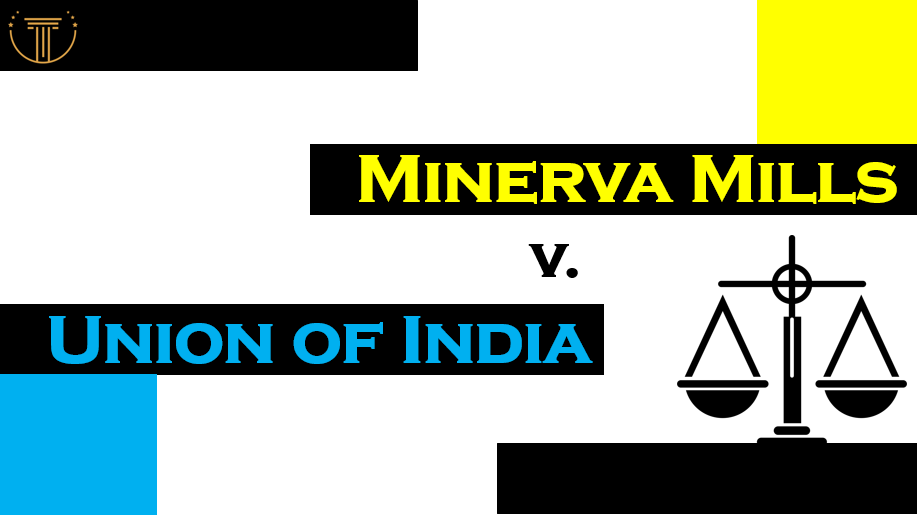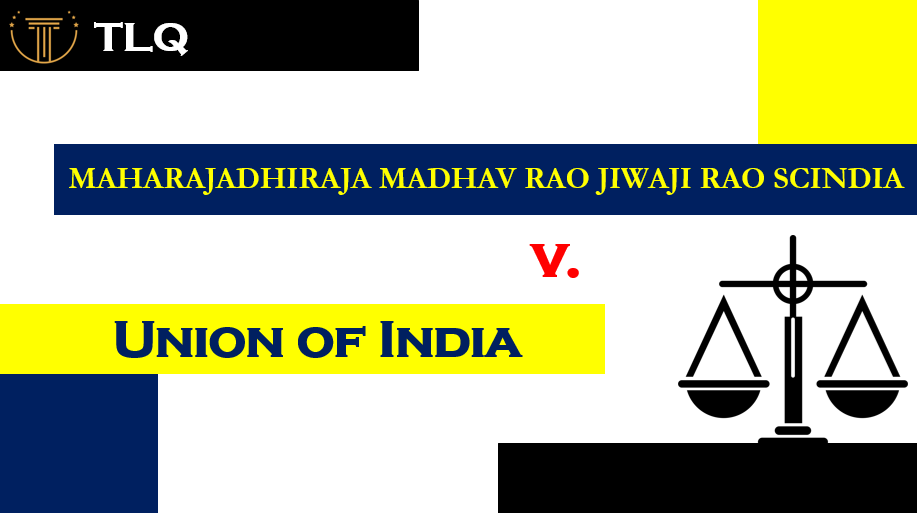Published On: 2nd April, 2024
|
CITATION |
2017: AHC:123993
|
|
DATE OF JUDGMENT |
6th SEPTEMBER 2017
|
|
COURT |
ALLAHABAD HIGH COURT
|
|
PETITIONER |
SANJEEV SHRIYA
|
|
RESPONDENT |
STATE BANK OF INDIA AND 6 OTHERS BENCH |
|
H
|
HON’BLE MAHESH CHANDRA TRIPATHI J. |
INTRODUCTION
In the case of Sanjeev Shriya v. State Bank of India and 6 others, the Hon’ble Allahabad High Court has barred parallel proceedings in the Debt Recovery Tribunal [DRT] and National Company Law Tribunal [NCLT] The State Bank of India filed a petition under section 19[3] of recovery of a debt due to bank and financial institution act, 1993. However, the High Court used its writ power to strike aside the DRT’s ruling and halt the directors’ legal actions in the current order that is being examined. The high court gives a decision in favor of the guarantor [petitioner].
FACTS OF THE CASE
The case facts are that the petitioner is also the director of M/S L.M.L Limited, Kanpur (“Company”) who executed a deed of guarantee in favor of State Bank of India [SBI] for a loan granted by SBI to the Company [AS A DEED] after that the company was declared as a “SICK INDUSTRIAL COMPANY” and it was declared by the board of industrial and financial reconstruction. In 2017 the State Bank of India filed an original application under section 19[3] of recovery of debt due to the Bank and Financial Institution Act,1993 [ THE RDDB, ACT OF 1993].
As the petitioners were guarantors of the corporate debtor SBI filed an application before the Debt Recovery Tribunal, Allahabad [DRT] for recovery of the amount due to it against the corporate debtor. Following that, the Company filed for a Corporate Insolvency Resolution Process [CIRP] with the NCLT in accordance with Section 10 of the Insolvency and Bankruptcy Code, 2016.
The NCLT admitted the application and declared an adjournment [MORTORIUM] on proceedings against the Company [NCLT ORDER] under section 14 of the code. After that order, the guarantor approached Allahabad High Court against the said order of NCLT and filed a petition.
ISSUES RAISED
The main issue of that case was whether the creditor could be allowed to pursue proceedings under recovery of a debt due to the Bank and Financial Institution Act,1993 when the NCLT had already issued an adjournment order under code.
CONTENTIONS OF PETITIONER
- The petitioner raised the substantial question of law as to whether the SBI was allowed to pursue proceedings under section 19[3] of the Act 1993 for the recovery of a loan of the amount that was taken by the company before DRT.
- Also argued that the respondent had deliberately moved to NCLT just to take advantage of present proceedings and the proceedings before DRT were without the jurisdiction even though the adjournment order had been issued thus, it would prevail the provision of the 1993 act
- the actions made by DRT were contradictory to the code
CONTENTIONS OF RESPONDENT
- The respondent argued that there is no provision under the code that restricts the independent guarantor to present in the proceedings as it is the right under a deed of guarantee
- also there is no coincidence between DRT proceedings for recovery of debt and NCLT proceedings
JUDGEMENT
The court held that there is something to change in order or something that is unstable which is said by the court of Allahabad that the proceedings are in fluid stage. Additionally, the Court decided to halt the legal action taken against the guarantors in front of the DRT.
Furthermore, it was held that compensation has been provided under the code and the liability of the Company has not yet cleared against either the principal debtor or the guarantors.
also, the high court referred to certain earlier decisions to hold that unless the liability of the debtor is determined the guarantors could not held liable, and because of having a fluid stage the proceedings shall not be continued and should be avoided.
The court stayed their proceedings until the DRT finalized their decision for corporate insolvency 11. It has been submitted that Section 6 (Corporate Insolvency Resolution Process) of the IBC 2016 deals with persons who may initiate the corporate insolvency resolution process. The start of the corporate insolvency resolution process through corporate application is covered in Section 10. According to Section 14, which deals with moratoriums, the Adjudicating Authority shall, by order, declare a moratorium on the date of the insolvency commencement, prohibiting the following actions: bringing new lawsuits against the corporate debtor or continuing existing ones, as well as carrying out any judgments, decrees, or orders in any court of law, tribunal, arbitration panel, or other authority.
CONCLUSION
In conclusion, in the case of SANJEEV SHRIYA V. STATE BANK OF INDIA AND 6 OTHER where the petitioners are the guarantors of the corporate debtor and the respondent is the State Bank of India filed the original application in tribunal court for the recovery of the amount of loan. there are subsequent proceedings held of that case in DRT and NCLT where the court stated to stay their proceedings until the DRT finalized their decision.


